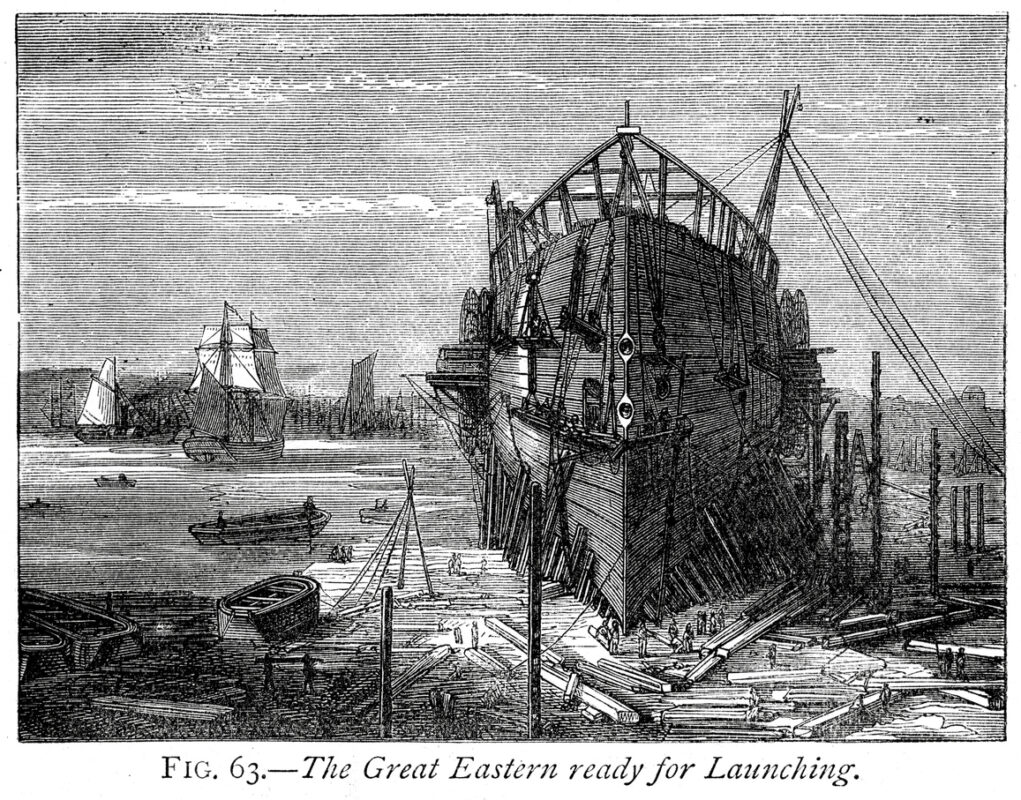Trump’s Executive Order Aims to Boost US Shipbuilding

In a bold move to revitalize the U.S. shipbuilding industry and reduce China’s dominance in global shipping, President Donald Trump has signed an executive order that aims to reinvigorate American maritime capabilities. Speaking from the Oval Office, Trump emphasized the urgent need for the U.S. to reclaim its historical shipbuilding prowess, stating, “We used to build a ship a day, and now we don’t do a ship a year, practically.” The order has garnered bipartisan support, with key lawmakers pledging to facilitate the necessary congressional approvals by the April 17 deadline.
Bipartisan Support and Legislative Action
The executive order has prompted a rare moment of unity among Democrats and Republicans, with Senator Mark Kelly and Senator Todd Young leading the charge to reintroduce bipartisan legislation aimed at supporting the shipbuilding industry. This collaborative effort underscores the urgency of the situation, as both parties recognize the need to bolster U.S. maritime capabilities in the face of increasing competition from China. The proposed legislation is expected to streamline the approval process for initiatives that will enhance shipbuilding infrastructure and capacity.
Despite initial concerns regarding potential supply chain disruptions, the order empowers the U.S. Trade Representative (USTR) to implement significant measures, including imposing million-dollar docking fees on vessels associated with Chinese interests. USTR Jamieson Greer clarified that the final remedies will differ from the original proposal, indicating a more measured approach to enforcement. “This could have been a miscommunication issue; some people thought that all of those measures would be imposed,” Greer explained, emphasizing the need to evaluate which measures are most appropriate for implementation.
Additionally, the order mandates the USTR to explore tariffs on cargo handling equipment with any connection to Chinese production. This move is part of a broader strategy to ensure that U.S. ports remain competitive and secure from foreign influence. The Department of Homeland Security will also play a crucial role in enforcing Harbor Maintenance fees, ensuring that cargo carriers do not evade these charges by rerouting shipments.
Long-Term Goals and International Reactions
Trump’s executive order also establishes a Maritime Security Trust Fund, aimed at providing stable funding for programs designed to enhance U.S. maritime capacity. This initiative encourages private investment in shipyards, repair facilities, and other critical components of the maritime industry. The decline of U.S. shipbuilding since its peak in the 1970s has created a significant gap that countries like China have exploited, making this revitalization effort all the more critical.
In response to the executive order, China’s Foreign Ministry condemned the move, asserting that the growth of its shipbuilding industry is a result of technological innovation and active market participation. This international reaction highlights the geopolitical implications of the U.S. decision, as it seeks to reclaim its position in a competitive global market.
Earlier this year, Trump appointed Louis E. “Lou” Sola as Chairman of the Federal Maritime Commission, signaling a commitment to strengthening U.S. maritime policies and practices. As the April deadline approaches, the focus will be on how effectively the administration can implement these changes and what impact they will have on the future of U.S. shipbuilding.
